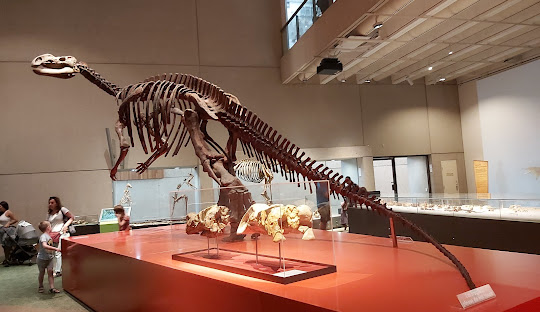
South Brisbane’s Religious and Cultural Evolution: A Legacy of Faith and Change
Posted by on
The 20th century saw South Brisbane evolve into a diverse and multicultural hub, with religious institutions playing a vital role in shaping the community.
Following the destruction of the timber Congregational Church on Vulture Street in a fire in 1931, the congregation faced significant financial challenges in rebuilding during the Great Depression. Renowned Brisbane architect Brenan Gargett was commissioned to design an innovative octagonal brick church, which opened on 9 September 1933. The structure, measuring 35 feet (11 meters) across, could accommodate 142 people in the main area, with additional seating for 40 in the choir and 58 in the upper gallery. However, after World War II, demographic changes led to a decline in the congregation as European and Asian immigrant communities settled in the area. By December 1975, the remaining members merged with the Mount Gravatt Congregational Church, marking the end of its presence in South Brisbane.
Brisbane’s Melkite Catholic community initially worshipped at St Mary’s Roman Catholic Church in South Brisbane. In 1929, they purchased land at 72 Ernest Street, where a foundation stone was laid on 24 March by Archbishop James Duhig and Lebanese Bishop Clement Malouf. Originally scheduled for 17 March, the ceremony was postponed due to rain, yet the foundation stone retained the earlier date. Financial difficulties during the Great Depression delayed construction, and it wasn’t until 29 March 1936 that St Clement’s Melkite Catholic Church was officially opened.
During World War II, South Brisbane gained a notorious reputation, with numerous pubs, brothels, and boarding houses among its warehouses. The area became the city’s unofficial “black” district due to U.S. military segregation policies, which assigned Black American troops to South Brisbane while their white counterparts enjoyed other parts of the city.
The Greek Orthodox community also experienced significant growth in the mid-20th century. The Greek Association of Brisbane, founded in 1913, established a community center in Charlotte Street in 1921 and later built St George’s Greek Orthodox Church on the same site in 1929. However, as Brisbane’s Greek population expanded, the need for a larger church became evident. In response, a new St George’s Greek Orthodox Church was constructed at 33 Edmondstone Street, with its foundation stone laid on 4 May 1958 by Archbishop Theophylactos. The church was officially opened and dedicated on 24 April 1960 by Archbishop Ezekiel. Designed by architect Ronald Martin Wilson, the church features an octagonal design with a richly decorated interior, reflecting traditional Greek Orthodox architecture. In 1976, the Greek community established The Greek Club at 37 Edmondstone Street to further support cultural and religious activities.
The Anglican Church also saw changes during this period. In 1962, it relocated St Thomas’ Church to 16 Manning Street, replacing the earlier church on Grey Street by purchasing the Catholic Apostolic Church. The Anglican Church ceased using the Manning Street location in 1979 and sold the building in 1984. Although the 1920s structure remains, it is no longer used for religious purposes and has since functioned as commercial premises and a private residence known as Callan House.
These developments highlight the ever-changing nature of South Brisbane’s religious and cultural identity, influenced by economic hardships, migration patterns, and shifting community needs.